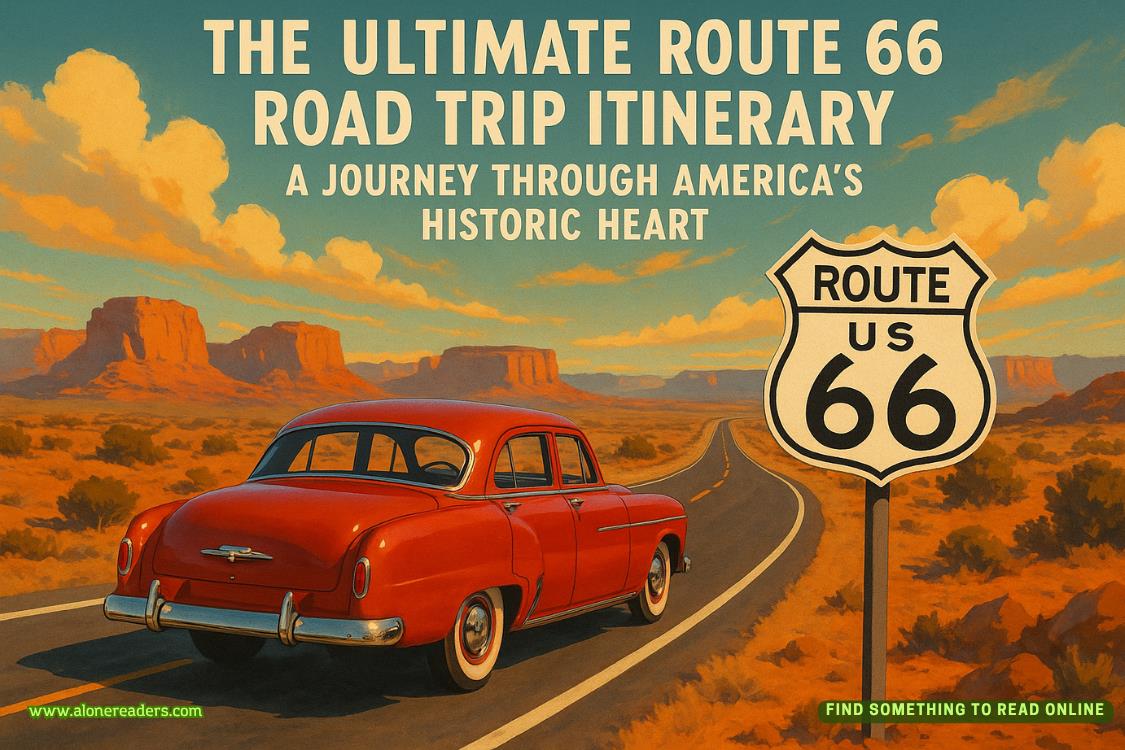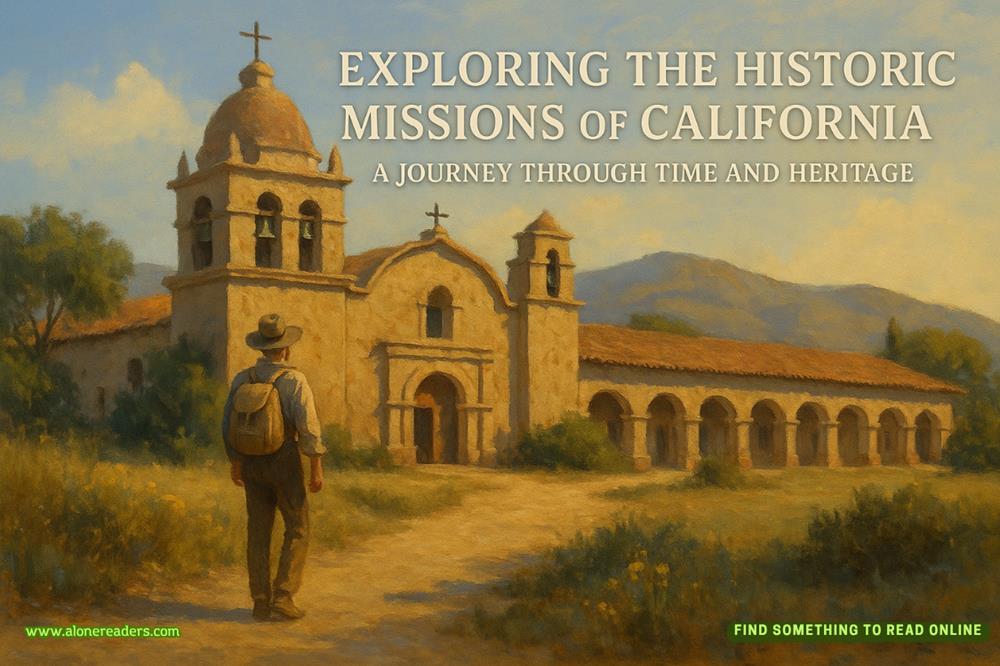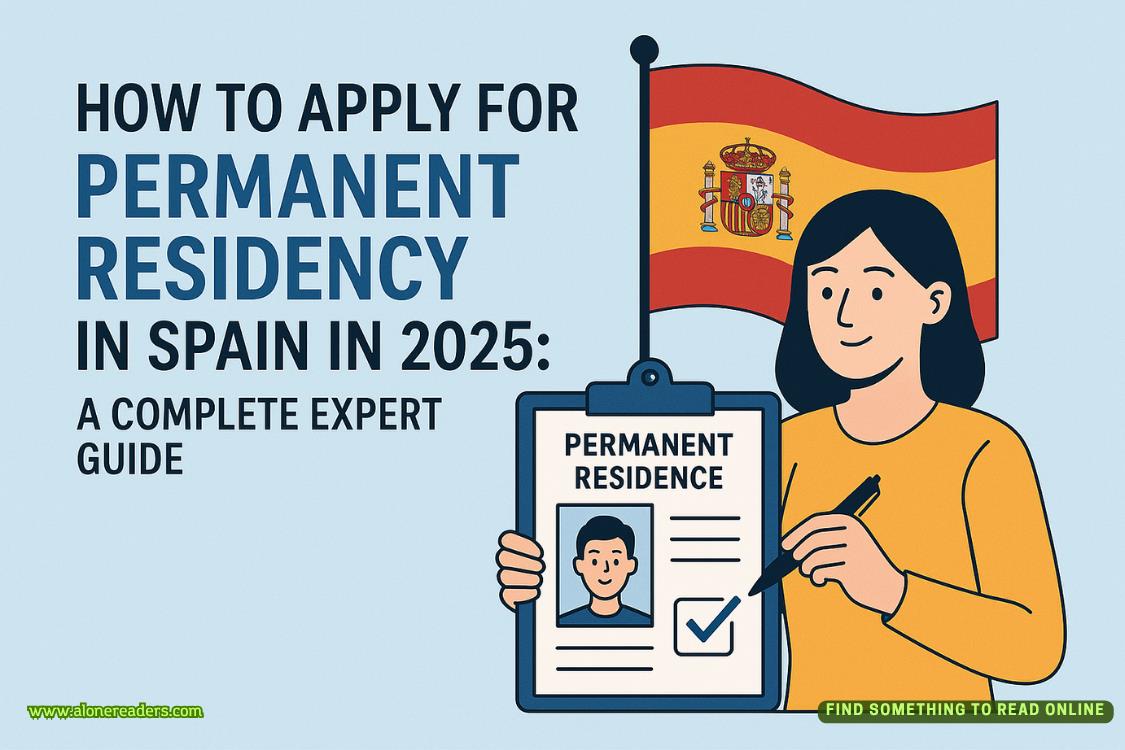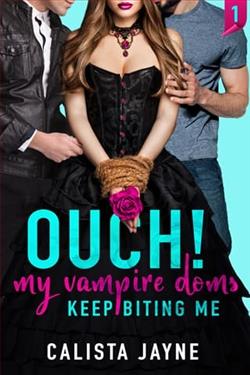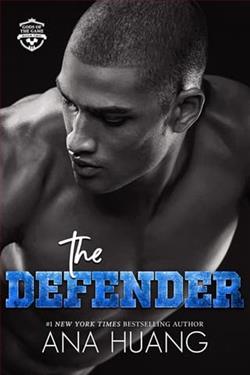Page 112 of Off-Limits as Puck
For the next hour, I lose myself in fundamentals—teaching kids how to stop without falling, how to handle the puck under pressure, how to get back up when someone knocks you down. Basic lessons that apply to more than just hockey.
After practice, I’m collecting scattered equipment when my phone buzzes.
Chelsea: How was your flight?
My heart does something complicated against my ribs. I know that careful phrasing, that formal distance that could mean anything or nothing.
Me: Long. Gave me time to think.
Three dots appear and disappear for a full minute. I wait, not wanting to push, giving her space to say whatever she needs to say or nothing at all.
Chelsea: About?
Another long pause. I finish putting away equipment, lock up the facility, sit in my car in the parking lot staring at my phone like it’s a Ouija board.
Me: About showing up versus staying. About whether there’s a difference.
Chelsea: Is there? A difference?
Me: I think showing up is the easy part. It’s dramatic. Makes you feel like you’re doing something important.
Me: Staying is harder. It’s everyday choices. Being present when it’s boring or difficult or when there’s no audience to witness your grand gestures.
I attach a photo—the community rink, empty now except for the Zamboni driver preparing the ice for tomorrow’s lessons. Not glamorous, but real.
Me: Here if you want to talk. No pressure. Just... here.
She doesn’t respond immediately, and I don’t expect her to. We’ve got months of silence and two thousand miles of distance to bridge. But for the first time since Chicago, the silence doesn’t feel empty. It feels possible.
Three days pass. I fall into routine—practice with the Blizzards, sessions with Dr. Walsh, afternoons with kids who think hockey is supposed to be fun. Normal life for someone learning how to stay in one place without feeling trapped.
Thursday afternoon, I’m running late to the community rink because team practice went long. Some issue with power play execution that had Coach running us through drills until we got it right. By the time I arrive, the kids are already on the ice, working through warm-up skating with Maria supervising.
“You’re late,” she calls as I lace up my skates. “Everything okay?”
“Team stuff. Sorry.”
“No worries. They’ve been practicing what you taught them last week. Sophie’s been trying that spin move for twenty minutes.”
I step onto the ice, immediately feeling the familiar peace that comes with blade against frozen water. The kids swarm me like puppies, all excitement and questions about why I’m late and whether we’re going to work on slap shots today.
“Coach Reed,” Tommy says, slightly out of breath from skating laps, “there’s a lady in the stands watching us.”
I look up, following his gaze to the bleachers where parents sometimes sit. Most of the seats are empty except for one woman in jeans and a desert-tan sweater, dark hair pulled back, watching the ice with the kind of focus that makes my pulse stutter.
Chelsea.
She raises one hand in a small wave, like she’s not sure she’s welcome but decided to risk it anyway. I skate over to the boards, heart hammering against my ribs.
“Hi,” I call up to her.
“Hi,” she calls back. “Hope it’s okay that I’m here.”
“Of course it’s okay. When did you—how are you here?”
“Flew in this morning. Red-eye.” She looks tired but determined, like someone who’s made a decision and is seeing it through. “Thought maybe we could talk. If you have time after practice.”
“Yeah. Yes. Definitely.”
